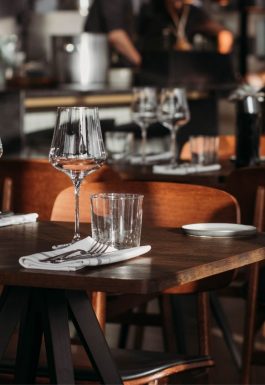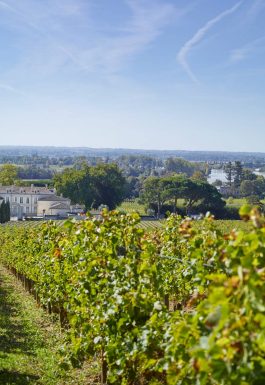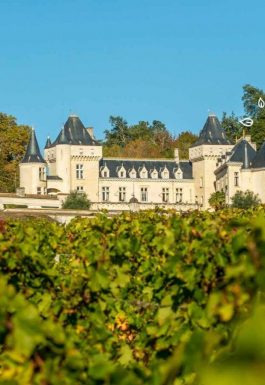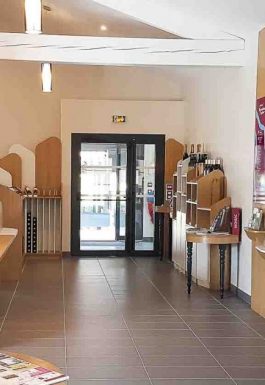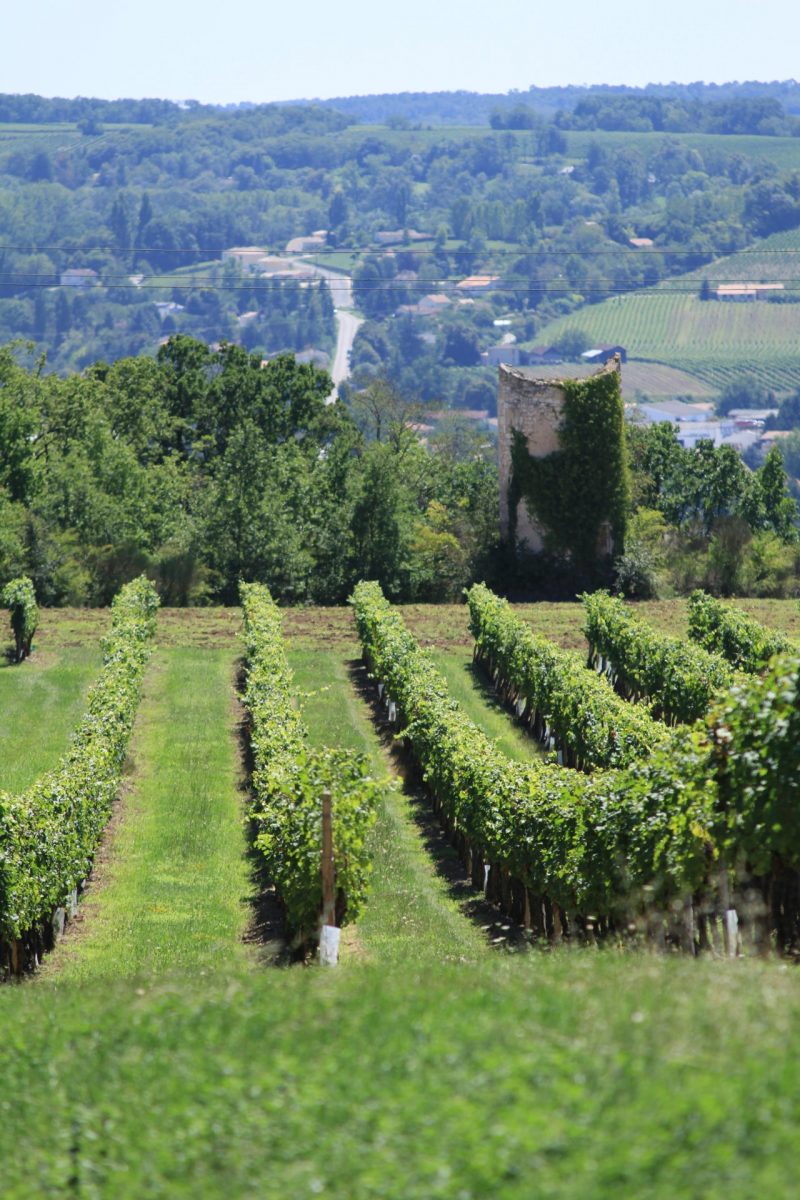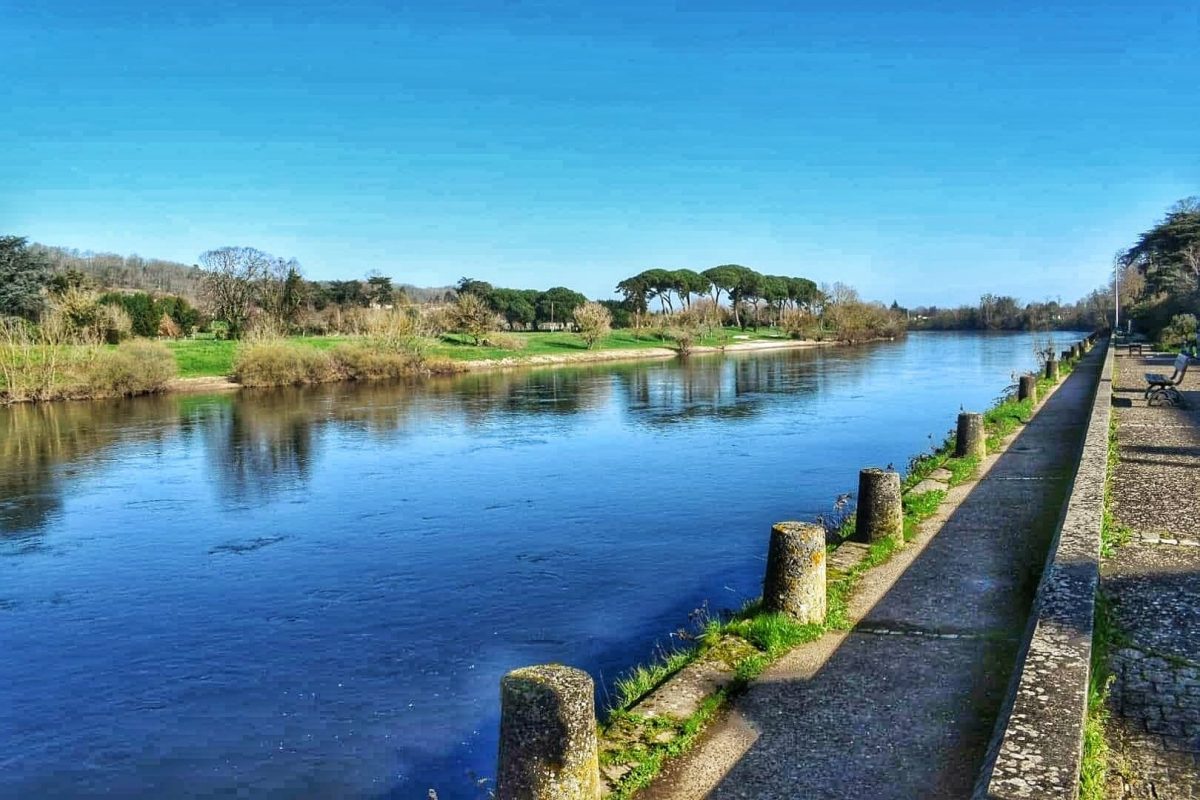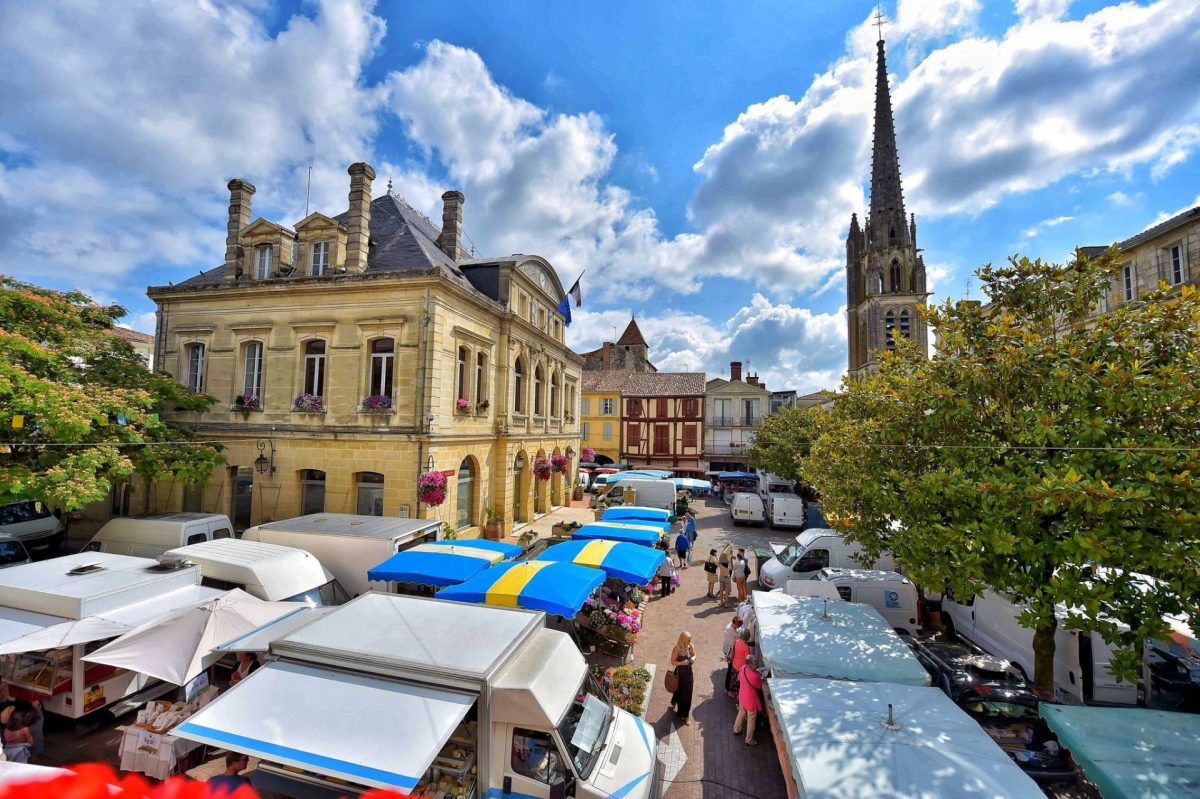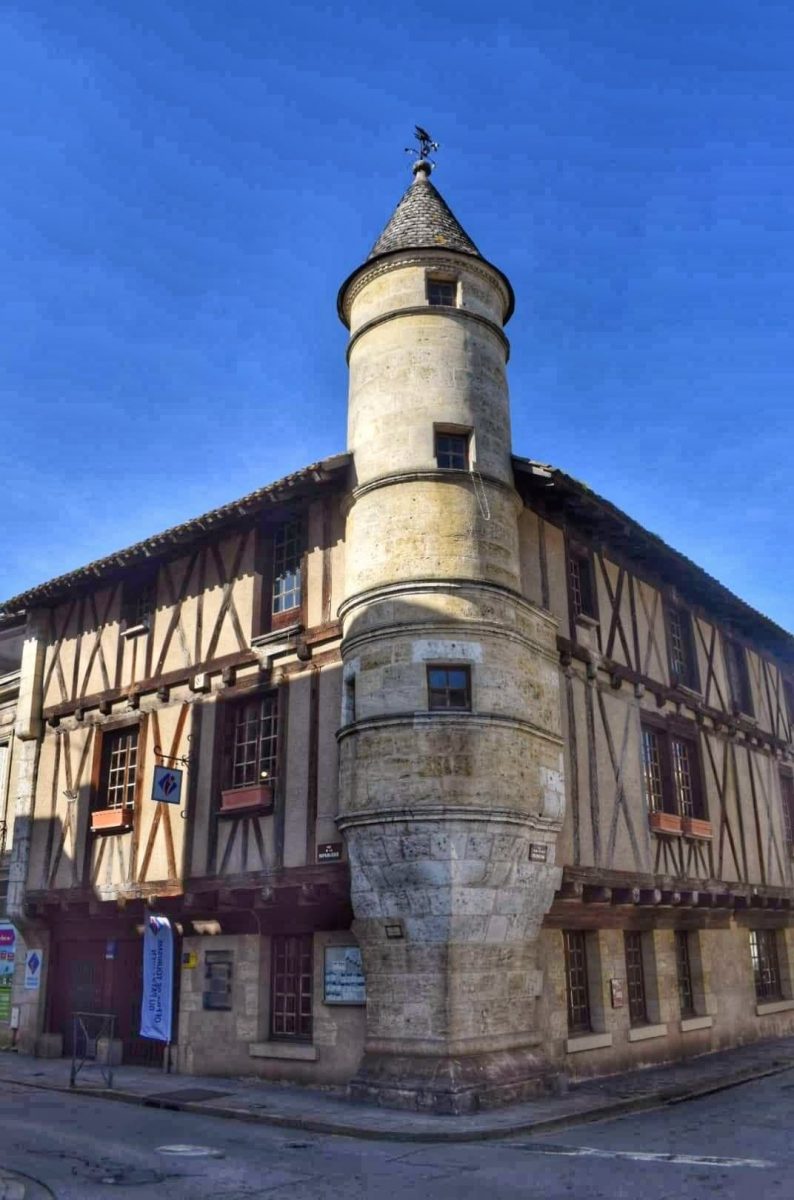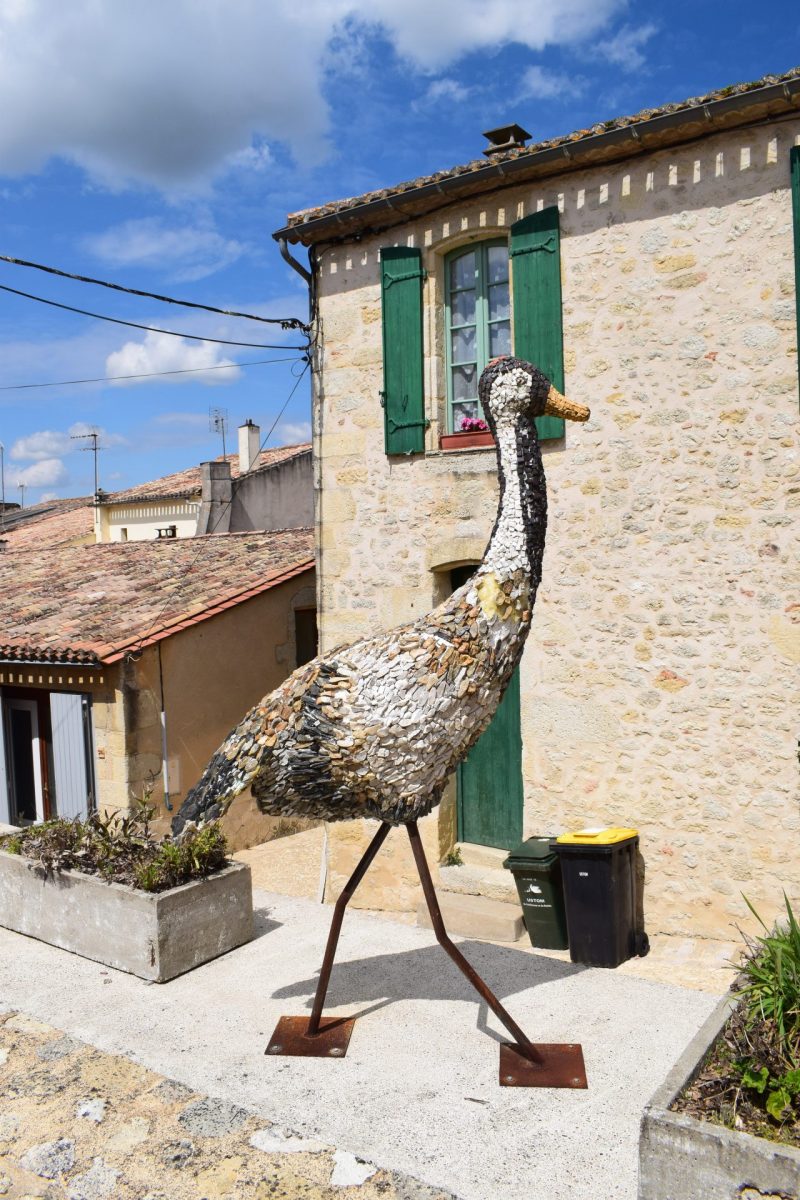A calm and peaceful territory
Along the Dordogne, discover the Pays Foyen between country houses and vineyards. A territory bordering the Dordogne and Lot-et-Garonne, the Pays Foyen is full of activities and sites to discover. Between historical heritage and wine châteaux, the Pays Foyen remains a calm and peaceful territory along the water.
Vines and a wine appellation
Also called “Porte du Périgord”, Pays Foyen is at the heart of the AOC vineyard of Sainte-Foy-Bordeaux. From the Middle Ages, Sainte-Foy-La-Grande benefited from prosperity thanks to the wine trade which took place in its port located away from the city, as well as activities related to the main local production: coopers and marine carpenters who set up their workshops along the river.
Under English domination until 1450, the wines of the area were shipped on barges to Libourne and Blaye to be loaded on ocean-going ships bound for the British Isles.
Bastides to discover
Sainte-Foy-la-Grande country house of 13rd century is located at the eastern end of the Gironde department. The city is one of the smallest communes in France and covers 51 hectares. It is the oldest of the Gironde bastides.
“From the square to the arcades, the heart of the bastide of Sainte-Foy-la-Grande, discover the streets and alleys of the great city: the Church of Notre-Dame, the market hall, the temple… You will be seduced by the extraordinary variety of old stone or half-timbered houses that dot the city. To end your journey, a walk along the quays will allow you to admire the panorama over the Dordogne »
Do not miss the Saturday morning market, which offers local products. Classified among the 100 most beautiful markets in France, it attracts many inhabitants and tourists.
Excavator, unlike Sainte-Foy-la-Grande, is not a "newly built" bastide. It was built on the site or near more or less important and already established towns. Thus, there was a castle (castrum) attested in 1242 well before the creation of the bastide. The town developed around the castle, which no longer exists today.
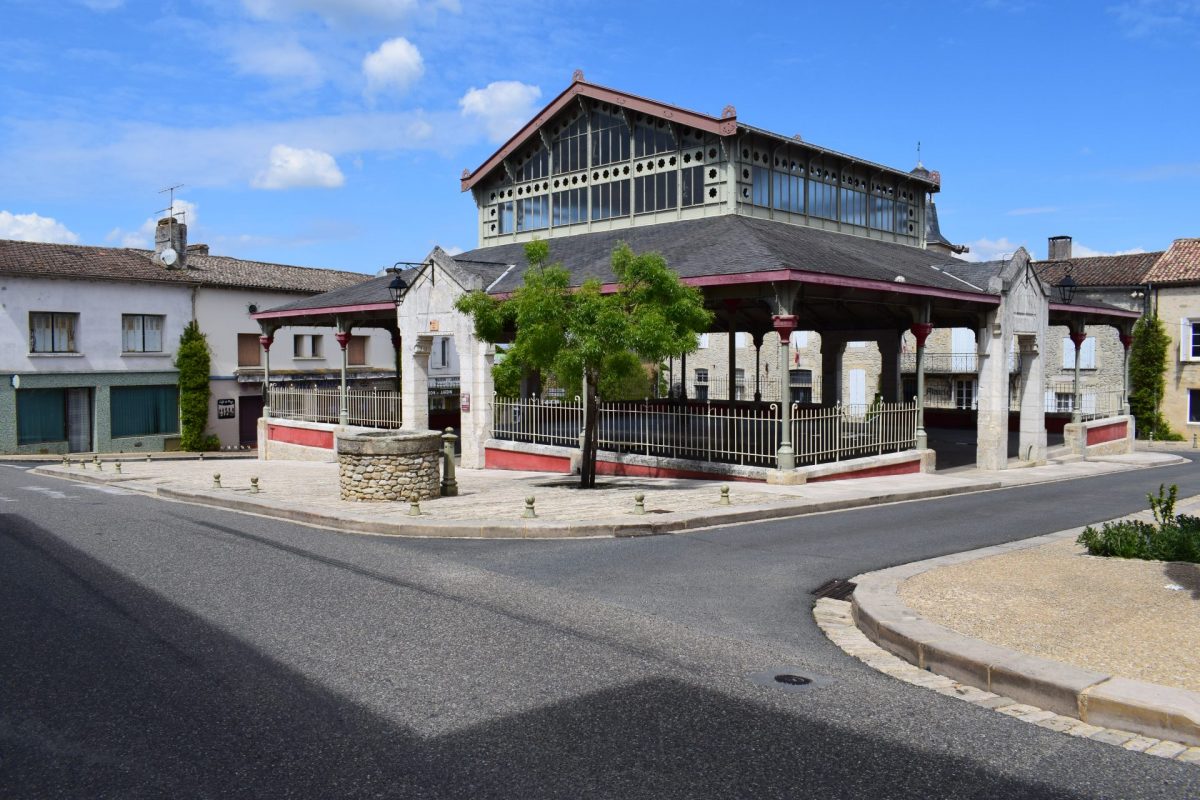
“On its promontory, the bastide of Pellegrue, centered around its small centenary hall, invites you to explore. Its former castle town, with its charming alleys, is grouped around its beautiful Romanesque church. Leaving the bastide, a hilly course, between forests and plots of vines, takes a few sections of the Jacques de Vézelay path (GR 654). You will surely meet pilgrims there! Pellegrue is an envied stopover for these pilgrims between Sainte-Foy-la-Grande and Monségur, on their way to Compostela. "
The crane, symbol of the city ...
The current coat of arms of the town of Pellegrue represents "a silver crane holding in its dexter a golden vigilance". Vigilance was a pebble preventing the animal from falling asleep. The crane played a role in saving the city. While the city had fallen asleep, brigands wanted to besiege the city, but in their movement, they woke up a colony of cranes. The latter began to shout, thus waking up the garrison who were then able to repel the attack.







